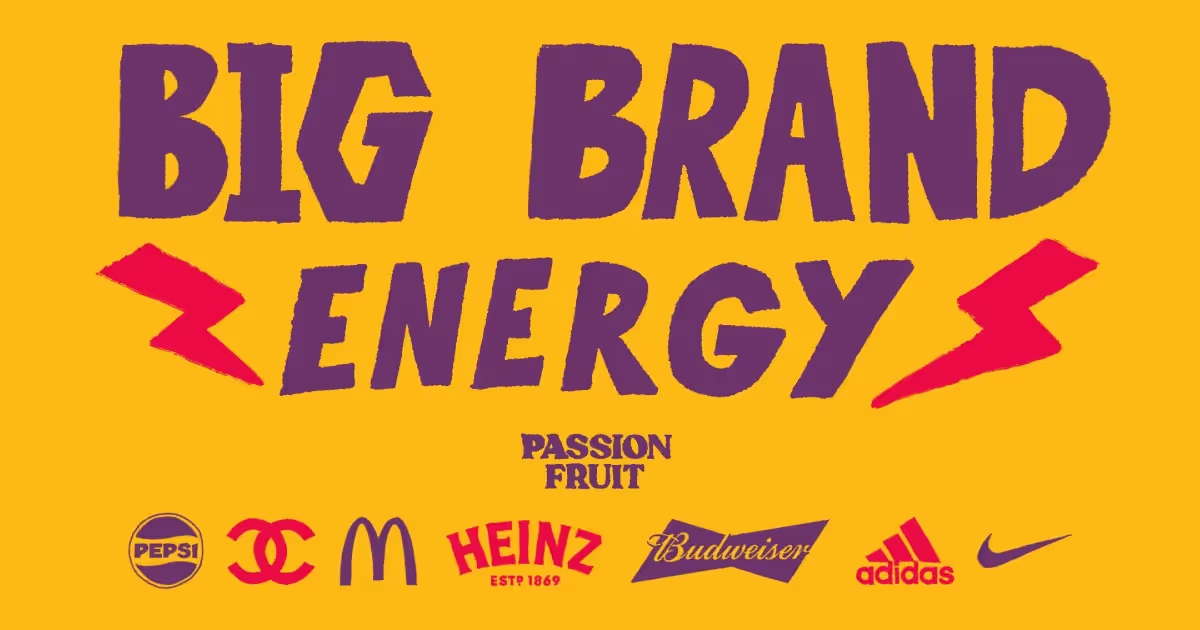
In response to European rulings, Google has been recently fined by major watchdogs over the way Google Analytics tracks users. The latest development in this area has been to release a “reject all tracking” button to the European market. Although around the time this was announced, Austria ruled that Google’s safeguards were still insufficient for US data transfer.

If you are working with a startup client who currently prides themselves on being GDPR compliant then you may be currently scratching your head at how you will possibly continue to measure the performance of paid campaigns going forward.
For popular European startups such as Klarna, UiPath, Revolut or N26, if they wish to remain GDPR compliant they will have to move away from using Google Analytics until a fix that every country can agree on is provided by Google themselves.
In addition to the issues previously mentioned, Google Chrome's choice to move away from supporting the use of third-party cookies in 2023 and Schrems II impacting how companies can handle data will also directly affect marketers who have chosen to base their strategy upon channels that leverage third party data.
The ability to implement frequency capping, retargeting and cross-device targeting are all directly under threat due to various privacy changes affecting the advertising industry in such a drastic way. It is very likely that many marketers will also not be able to track view-through conversions in addition to the previous features they’ll lose access to.
There is significant discussion about more publishers using Unified ID Solution 2.0 and insisting users log in to view content so that their identity is associated with the actions they take on a publisher’s website.
Many organisations in the face of these privacy updates are still taking a wait and see approach as advised by their respective legal teams. Many are also taking a similar approach in the wake of Facebook tracking pixels which are likely to be the next up and coming target of privacy advocates.
In this article, we'll discuss some approaches you might want to consider in the wake of running paid advertising campaigns in this rapidly changing landscape.
Choosing Remarketing Over Retargeting
For startups that often use retargeting campaigns (including the likes of Ubiweb, Push Press, and Loom), getting rid of third party cookies could mean an end to their retargeting campaigns as they currently stand.

I believe that increasing a focus on content, SEO and its interconnection with email remarketing is going to become more of a priority across the bulk of industries operating today.
As email remarketing leverages first-party marketing data, using this data as Google themselves advises in this article, should become a key pillar within a more holistic marketing strategy.
First-party data can also be leveraged and analysed further to identify purchasing trends on an annual basis. This can help you to inform which product would benefit from being on special offer and should therefore be promoted prominently across your site. For eCommerce this would be a tactic that may increase sales significantly.

Stop Working In A Silo For Conversion Optimisation Wins
I can imagine for many marketing professionals, even mentioning the possibility of having to measure paid advertising in a more holistic way might not go down well with business owners. As a marketing professional, whilst you’ll still guarantee growth for your client, there may be fewer hard metrics available due to the ever-changing privacy landscape.
In the interim of many GDPR compliant analytics services not having even close to the same conversion measuring functionality or hard metrics capture, it may be something management ends up having to stomach if they want to be GDPR compliant.
In this new environment, the post-click experience will become even more vital to improving overall website conversions. I would advise taking a cross-team collaborative approach to this, which can bring easily enough wins to make up for initial decreasing conversion rates.
I remember an experience with one organisation where while they had a very generous advertising budget for paid advertising, there was little to no budget reserved for ongoing onsite improvement from development and zero resources for user experience (UX) optimisation.
Due to this imbalance in priorities, to this day, the vast majority of this website still fails on Google search console for mobile performance issues and fails to net conversions in an area where mobile customers dominate the majority of purchases made.
I think it is important for marketers to ask themselves, what will pay more dividends in the long run, a $10,000 PPC/Facebook Ads campaign now, or an engineer led site overhaul to fix long-standing issues and make improvements based on thoroughly surveying your user base?
Can you confidently say that you are ensuring that your website works across every environment where your customers are present or are there significant risks that users you’ve paid to acquire are failing to convert due to issues upper management have not prioritised in solving?
Marketers working in a siloed manner have become so detrimental to site performance that a whopping 90% of eCommerce sites are missing out on the opportunity to get visitors to stay longer and convert (according to this source).
In this particular industry, it is estimated that each visitor to an eCommerce site is worth on average $50 to the business. Simply prioritising efforts to bring the average site’s load time in line with current technical recommendations would give you a conversion uplift that could easily make up for what you’ve lost in terms of measurable paid conversions due to IOS 14.5 changes or third party cookies being blocked.
Focusing on the other departments that also play a key role in getting the customer to convert, working collaboratively even with DevOps engineers to improve site speed, and server performance or using a CDN (content delivery network) could help you see an increase in overall conversions that easily makes up for the difference from a lack of tracking cookies adversely affecting your campaigns.

When working collaboratively with software engineers, DevOps and UX leads to ensure that the conversion journey has been optimised at the code and infrastructure level you can set yourself apart from any competition that insists on having their marketers siloed away from the technical departments.
As a marketer who now works alongside engineers, my campaigns run much more smoothly than when my efforts were siloed within a single department. I’ve even covered previously how this way of working led to my most successful site migration yet.
If you fear your conversions dropping in light of having to move away from Google Analytics, browser changes or IOS 14.5 updates, make sure to step back and evaluate your website, ask yourself, is it easier to complete a purchase via your platform instead of using any other competitor in your marketplace? If not, why not? Follow this line of thinking to the fine-grained technical level until measurable improvements can be tested successfully.
Broader Audiences & Creative Testing
In this real-world example, we can see a paid marketing manager sharing their experience after facing the brunt of IOS 14.5 changes affecting their Facebook campaigns.
As a result of users choosing the option to disable the tracking of their behaviour across apps, this paid acquisition specialist noted that they had been forced to reduce spending via this channel by 50%. This was due to the fact that their campaigns had become far less profitable as a direct result of lacking the vital data required to improve campaign performance.

Businesses reliant on Facebook advertising, such as OnBuy, Glaize, Cozy and Livspace, will definitely see less accurate marketing data available. Increasing privacy restrictions affecting the tracking of unique visitors will also lead to much weaker conversion rates for many companies using paid social.
There are new advertising solutions which use AI and the blockchain to help companies reach targeted audiences (like MadHive). Although I am unfamiliar with these platforms, I would like to learn more about how this technology can help businesses. I can already imagine that they won't be an affordable option for small businesses with limited marketing budgets (due to pricing being hidden).
The following advice may make profitable campaigns much more likely if you are still planning to spend a significant part of your marketing budget on paid acquisition. As less niche targeting will be available marketers will have to resort to a much more broad approach with their targeting. Due to this, increasing creative testing should become a major priority.
Consider pivoting to a subscription-based business model for your product. By doing so, you will see more value from each customer you acquire through paid social over time. Subscription programs provide business owners with recurring revenue and direct lines of communication with their customers, thereby boosting brand loyalty and revenue.
Eleanor is a Passionfruit content marketing specialist with a strong understanding of SEO tools and ranking. She specializes in creating long-form copy that converts for B2B SaaS.







